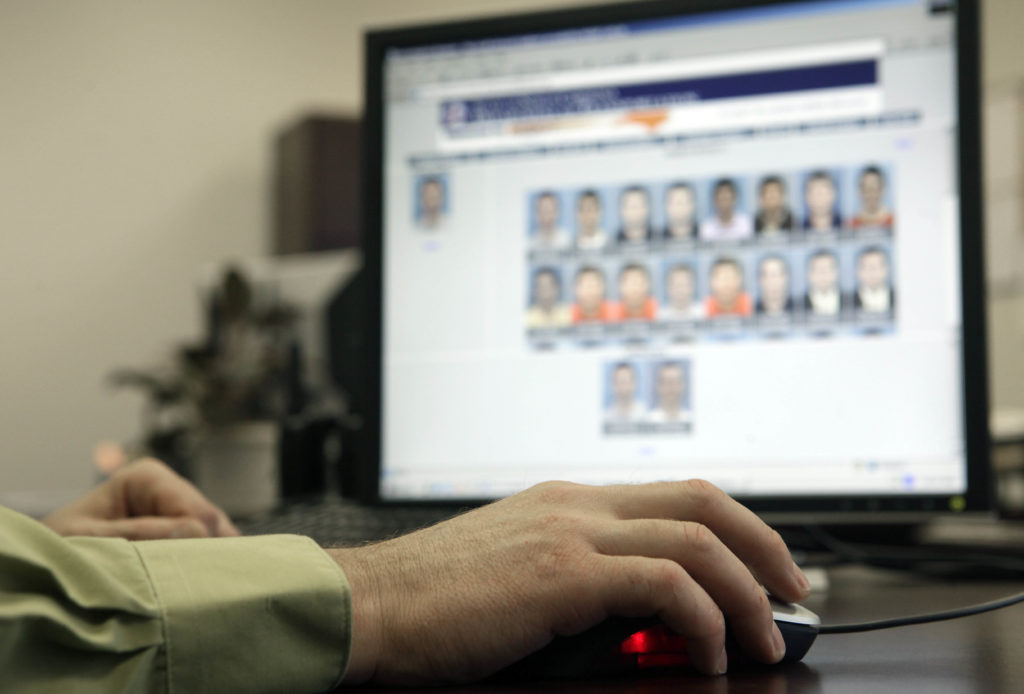Bias and secrecy among pitfalls of NYC’s algorithm use, experts say

Computer algorithms are increasingly making decisions affecting New Yorkers’ lives, but the city is struggling to get a handle on how fair those systems are and who — if anyone — is being held accountable.
In New York City, the NYPD and other city agencies use advanced algorithms called Automated Decision Systems to predict human behavior. Police use the systems to anticipate future crimes and perpetrators, social workers to evaluate potential child abuse risks, and courts to compute “risk scores” to inform decisions affecting sentencing, parole or probation, and more.
Mayor Bill de Blasio set up the Automated Decision Systems Task Force a year ago with the mandate to issue a report in 18 months. One year later, however, the group seems to have gotten off to a slow start, with its members not even sure how to define Automated Decision Systems.

Brooklyn Boro
View MoreNew York City’s most populous borough, Brooklyn, is home to nearly 2.6 million residents. If Brooklyn were an independent city it would be the fourth largest city in the United States. While Brooklyn has become the epitome of ‘cool and hip’ in recent years, for those that were born here, raised families here and improved communities over the years, Brooklyn has never been ‘uncool’.